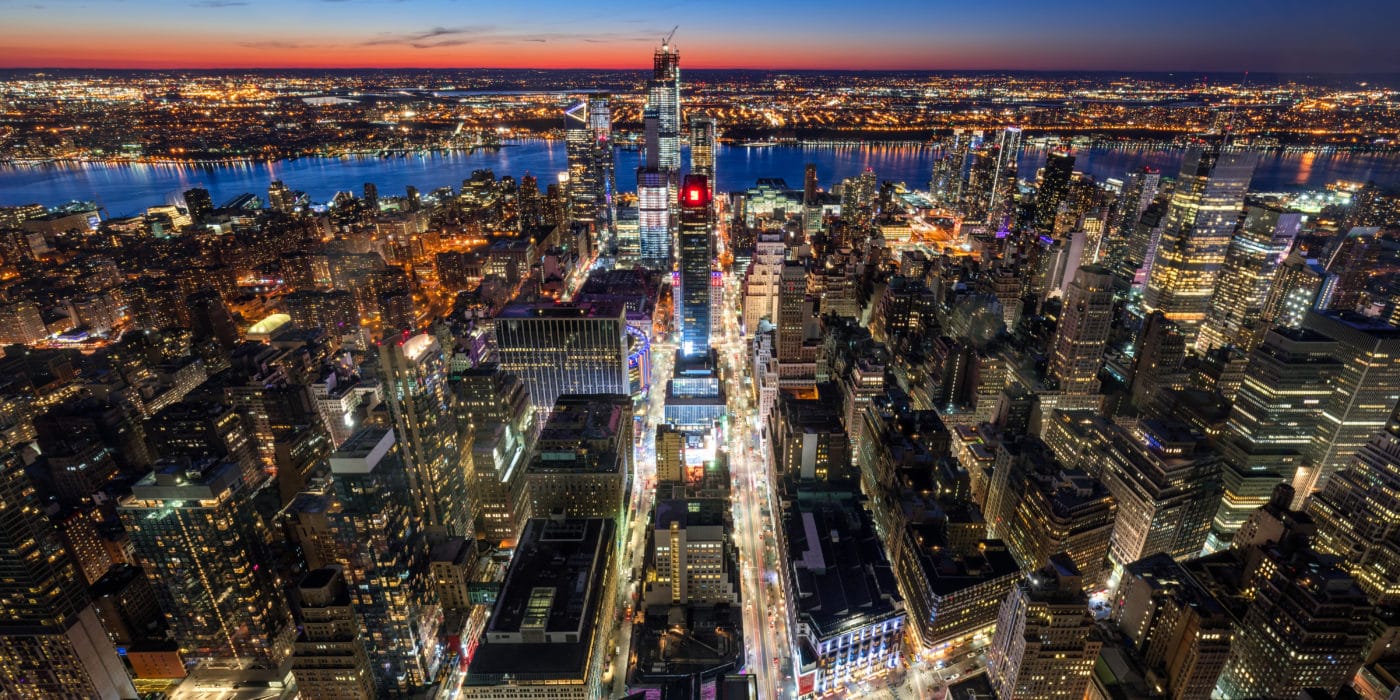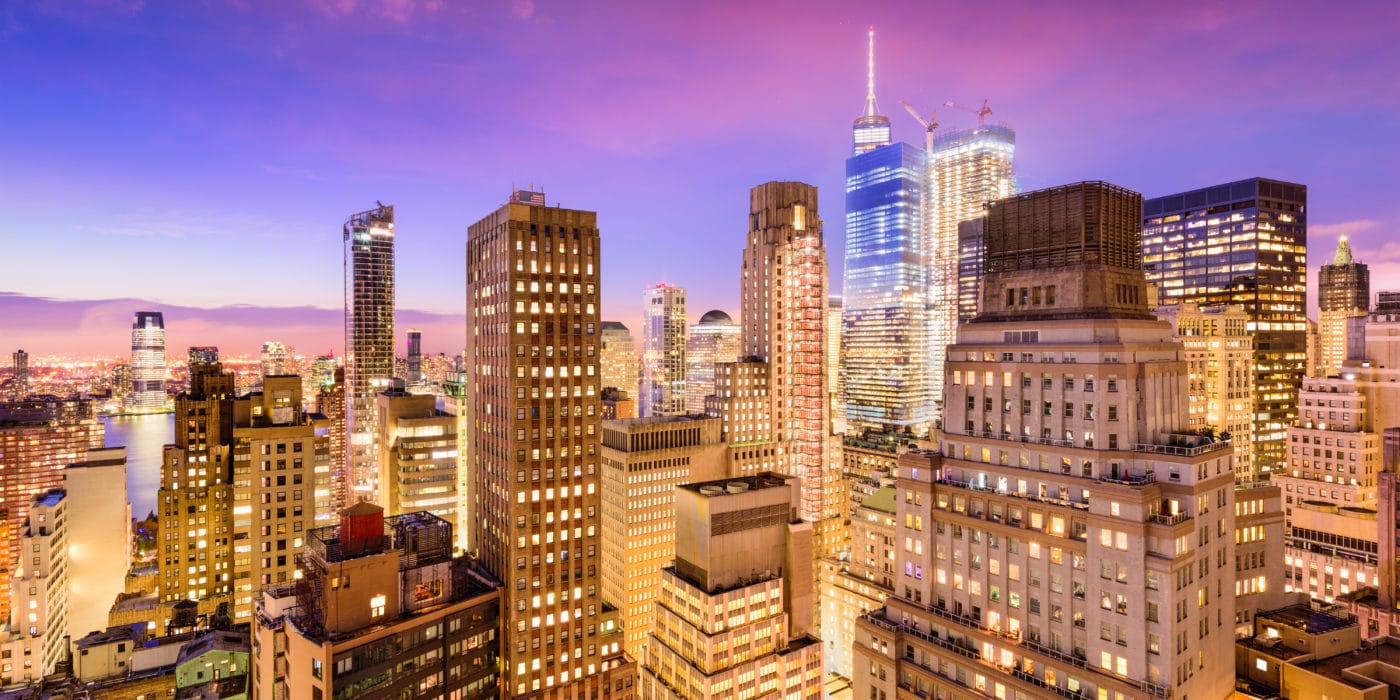Better Than Billionaires’ Row? Why NYC’s Top Developers Are All-In On A Tiny Patch Of Madison Avenue
INTERNATIONAL REAL ESTATE ADVISORY
With prestigious offices in New York, Miami, Milan, and Florence, Columbus International offers unparalleled expertise in international real estate investments. Contact our expert agents today to explore exceptional opportunities across both continents: info@columbusintl.com
The following analysis is provided as market intelligence for investors considering opportunities in Manhattan’s evolving luxury real estate landscape. Columbus International maintains connections with premier developers across global financial centers and offers bespoke investment advisory tailored to high-net-worth individuals seeking cross-continental portfolio diversification.
Manhattan’s ultra-luxury real estate chess match has entered a new phase. The city’s most influential developers are executing calculated moves on a concentrated five-block stretch of Madison Avenue, positioning this micro-district as New York’s next pinnacle of high-end real estate—a strategic play that could redefine the upper echelons of the market.
- Elite developers Extell and Related are concentrating unprecedented capital on Madison Avenue’s five-block corridor, orchestrating the Plaza District’s transformation into Manhattan’s next dominant luxury and financial nucleus.
- The development pipeline features a sophisticated blend of ultra-premium condominiums, flagship retail destinations, and Class A+ office space, with luxury conglomerates like Prada, Kering, Chanel, and financial titan JPMorgan securing strategic positions.
- Price metrics reveal market confidence: new residential offerings commanding upwards of $8,000 per square foot position this corridor as the destination of choice for ultra-high-net-worth investors and residents.
The Billion-Dollar Micro-Market
The five-block radius spanning Madison Avenue from 57th to 61st Streets is experiencing a strategic development intensification unprecedented in recent Manhattan history, according to market analysis from Bisnow. Anchored by meticulously planned ultra-luxury developments from market leaders Extell Development and Related Companies, market indicators suggest this corridor could soon eclipse the established Billionaires’ Row in both prestige metrics and price-per-square-foot benchmarks.
This focused investment wave is catalyzing a $15-20 billion transformation of the broader Plaza District, historically a cornerstone of Manhattan’s corporate and luxury retail infrastructure. The district’s unique geographical advantages—Central Park adjacency combined with Fifth Avenue retail proximity—have created ideal conditions for this new influx of global capital and ultra-high-net-worth residents.
Strategic Assets Under Development
The transformation centers around three pivotal properties:
- 655 Madison Avenue: Extell Development has initiated demolition of a 200,000-square-foot tower and four adjacent structures to create a site for a proposed 37-story mixed-use development. While current plans incorporate hotel, retail, office, and residential components, market sources indicate potential for a more ambitious supertall structure, positioning the property as a cornerstone asset in the corridor.
- 625 Madison Avenue: Related Companies is replacing its former corporate headquarters with a 68-story supertall featuring 101 ultra-luxury residential units complemented by premium amenities and flagship retail space. The development timeline projects completion by 2032, establishing a long-term market presence.
- 660 Madison Avenue: The former Barneys New York flagship location remains strategically vacant under Ashkenazy Acquisition’s ownership. Market analysis suggests the firm is positioning for either a premier luxury retail tenant or potentially developing a competitive offering to challenge Extell and Related’s projects across Madison Avenue.
Luxury Ecosystem Consolidation
The development acceleration follows strategic moves by luxury retail conglomerates. Late 2023 saw Prada and Kering execute approximately $2 billion in property acquisitions on adjacent Fifth Avenue parcels, while Chanel and LVMH continue competitive positioning for nearby locations. Rolex is developing a 28-story corporate headquarters, and Dior is creating a seven-floor flagship complete with spa facilities within LVMH’s East 57th Street tower.
This luxury retail concentration coincides with exceptionally tight office market conditions along Park Avenue, where financial institutions including Citadel, JPMorgan, and leading private equity firms are securing premium space at rates exceeding $150 per square foot—creating a density of high-income professionals unmatched elsewhere in the city.
The corridor’s inherent advantages stem from its established luxury infrastructure, with existing high-end retail, culinary destinations, and cultural assets creating an environment that appeals to discerning ultra-wealthy residents and companies. Unlike emerging luxury districts requiring complete ecosystem development, Madison Avenue offers developers the opportunity to enhance an already prestigious neighborhood with vertical density and contemporary premium offerings.
Market Trajectory
As inventory constraints intensify and price benchmarks elevate, competitive dynamics are accelerating across developer, tenant, and buyer segments as stakeholders position to secure strategic assets within the corridor. The rapid pace of landmark property transfers and building repositioning indicates heightened market confidence in the district’s long-term premium valuation.
New residential developments are achieving record pricing metrics—with condominium offerings surpassing $8,000 per square foot—solidifying the corridor’s status as Manhattan’s premier destination for ultra-high-net-worth capital.
Investment Outlook
The transformation of this strategic Madison Avenue section represents a significant inflection point in New York’s evolving luxury real estate landscape. The concentration of development activity by established market leaders with proven luxury project execution indicates strong institutional confidence in the corridor’s potential as Manhattan’s next frontier for ultra-premium real estate.
While market analysis remains divided on whether this emerging district will complement or compete with established Billionaires’ Row properties, the scale of current investment commitments signals that leading developers are strategically reallocating capital to these five blocks of Madison Avenue—a calculated bet on Manhattan’s next luxury epicenter.
Source: Bisnow

